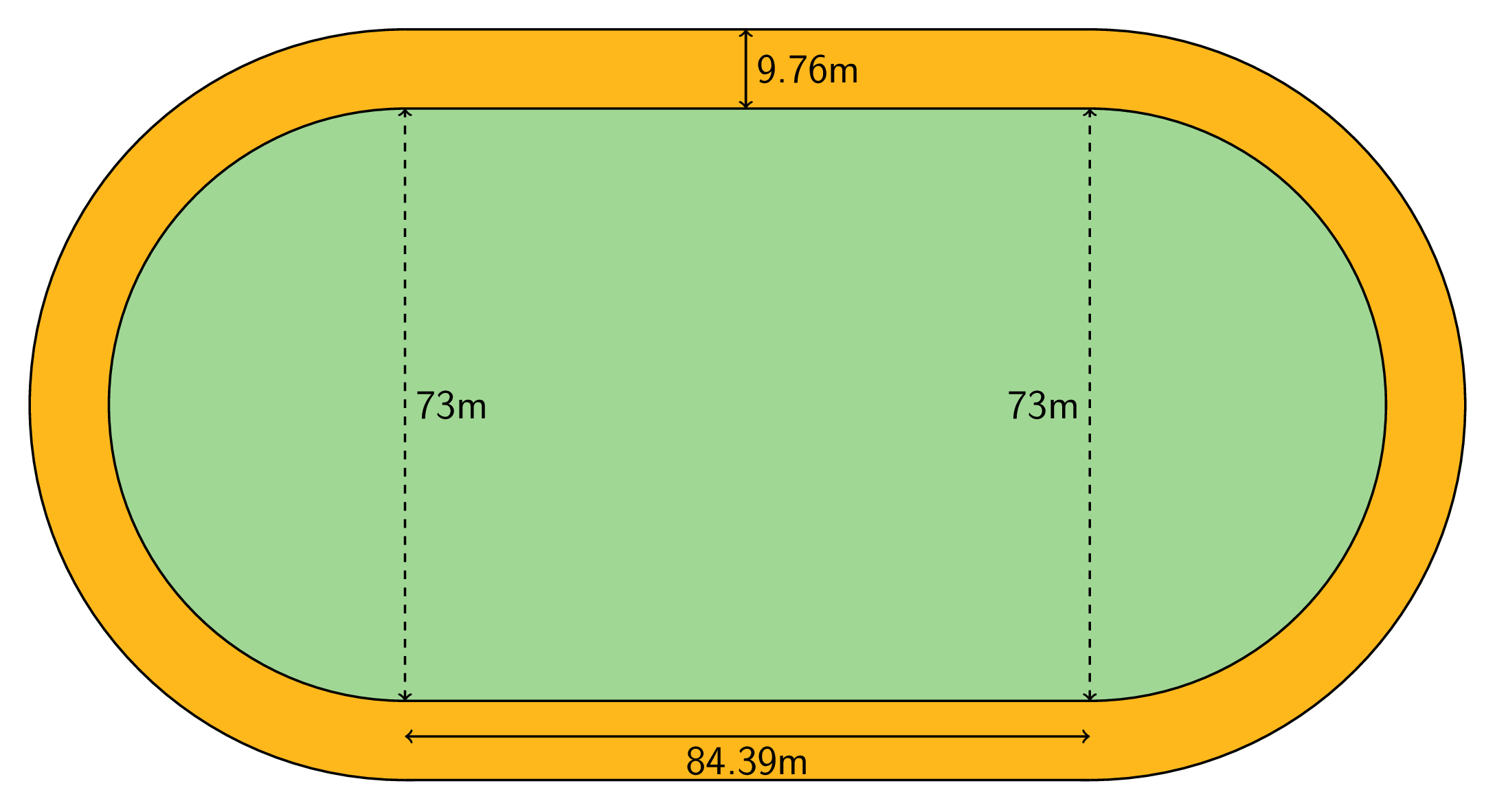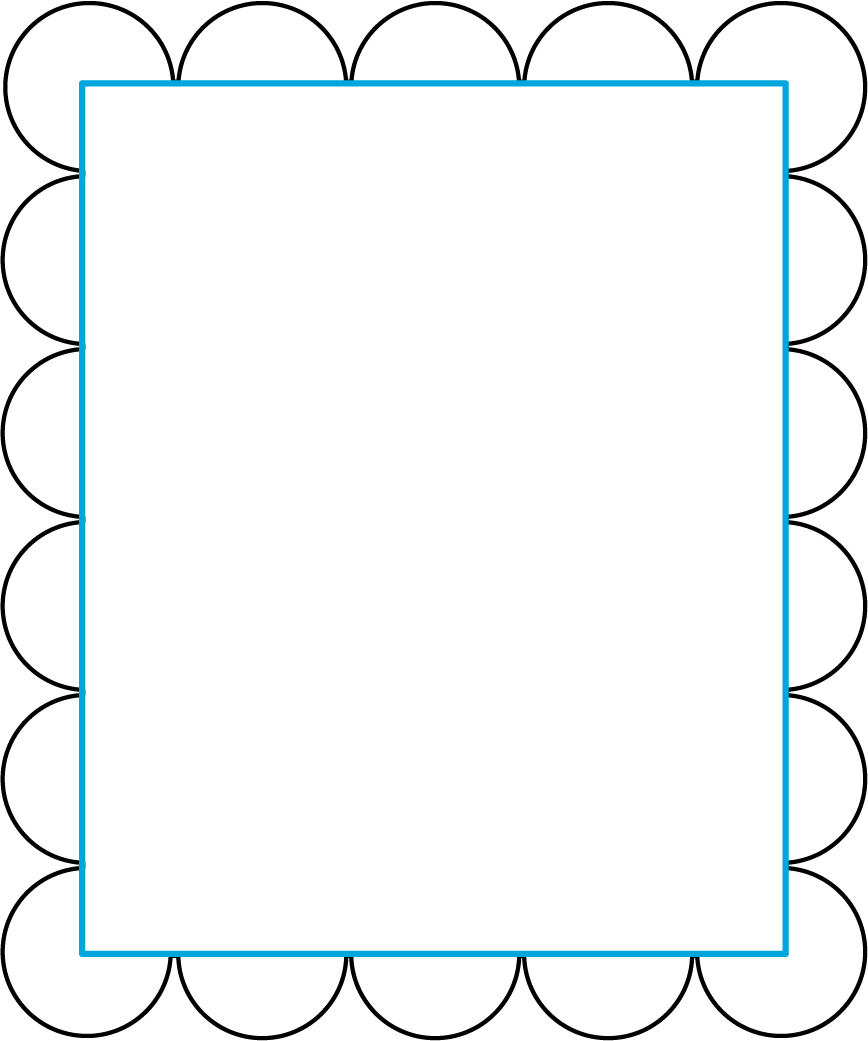4.1: What Do We Know? What Can We Estimate?
Here are some pictures of circular objects, with measurement tools shown. The measurement tool on each picture reads as follows:
- Wagon wheel: 3 feet
- Plane propeller: 24 inches
- Sliced Orange: 20 centimeters

-
For each picture, which measurement is shown?
-
Based on this information, what measurement(s) could you estimate for each picture?

